#relatable Ep4: Mulieris Dignitatem
- Nicole
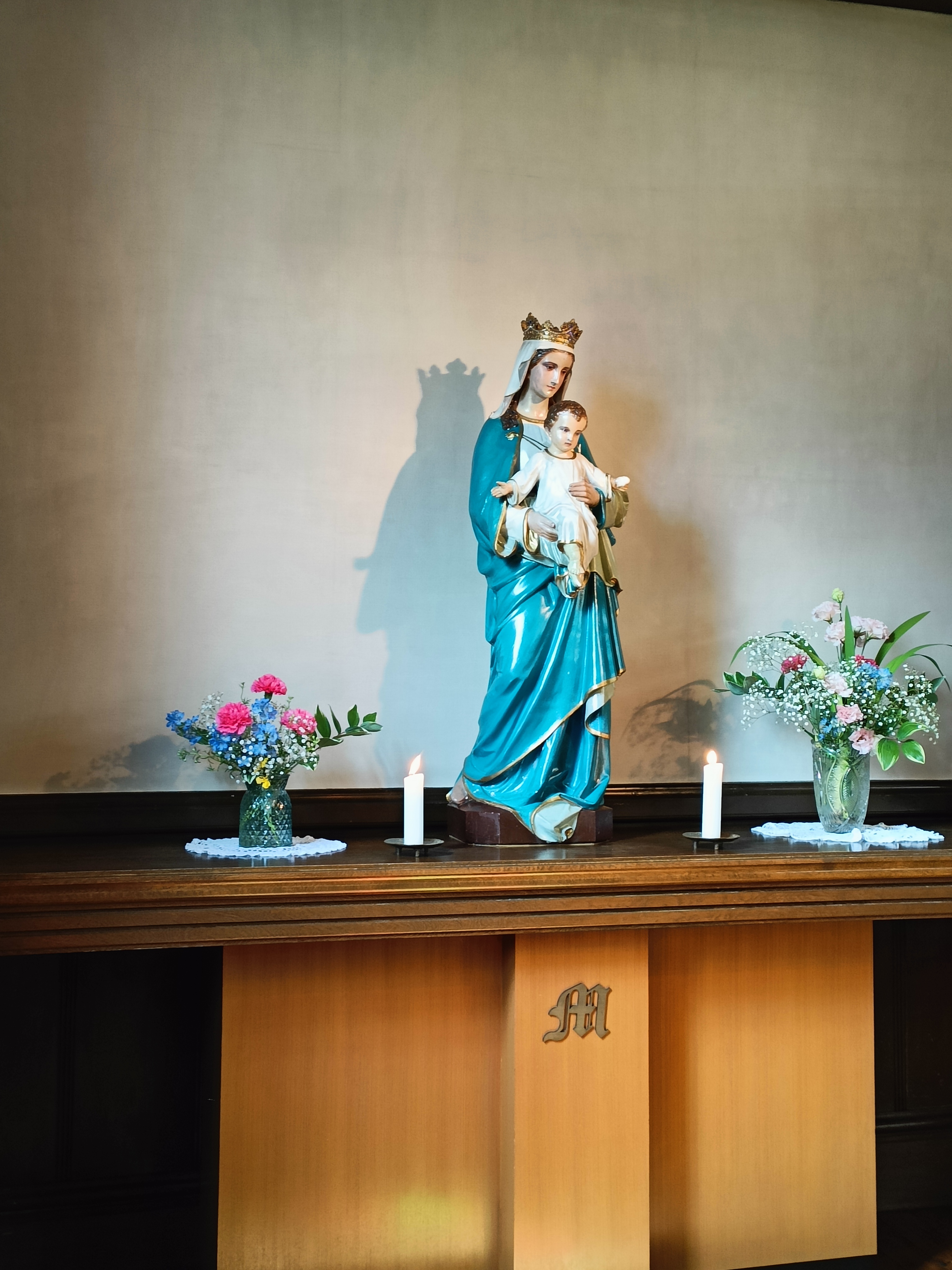
- Jun 20, 2021
- 7 min read
Updated: Aug 20, 2021
This is part of a 8-part series where I take a closer look at Vatican documents and distill some gems that you can take with you on your own journey to knowing and loving Him.
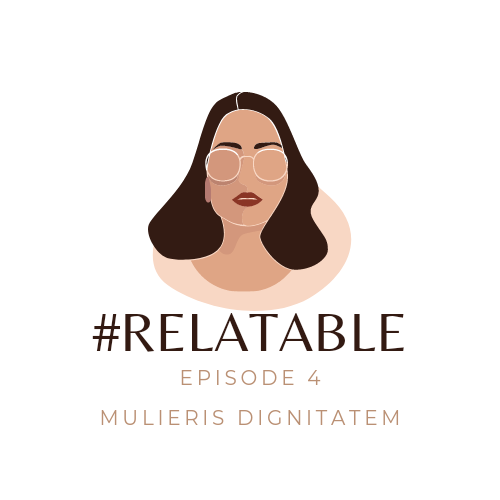
This website itself was birthed from a close reading of St John Paul II's letter, Mulieris Dignitatem and I was amazed at the opening lines of the document itself
The hour is coming, in fact has come, when the vocation of women is being acknowledged in its fullness, the hour in which women acquire in the world an influence, an effect and a power never hitherto achieved. That is why, at his moment when the human race is undergoing so deep a transformation, women imbued with a spirit of the Gospel can do so much to aid humanity in not falling
Mulieris Dignitatem literally translates to "The Dignity and Vocation of Women" and was published no less, in the Marian Year! As a Catholic woman myself, I feel an immense responsibility to live out this message. I am reminded of the complexities that the current world presents women and how being a woman has always been a challenging adventure. This document reveals truths and also reminds me of my unique identity as a daughter of God.
I will focus on 3 key areas which touched me deeply and which you may consider for reflection too!
The identity of woman
Eve, as "the mother of all the living" (Gen 3: 20),is the witness to the biblical "beginning", which contains the truth about the creation of man made in the image and likeness of God and the truth about original sin. Mary is the witness to the new "beginning" and the "new creation" (cf. 2 Cor 5:17), since she herself, as the first of the redeemed in salvation history, is "a new creation": she is "full of grace"
The identity of a woman is borne from the image and likeness of God and the aspects of what it means to be a woman are explored in the document - from a "companion" to man, to motherhood in the conventional sense. Man and woman are made to be of mutual help to one another - much unlike the gender debates that dominate the cultural sphere today. There is much to be gained from the complementarity of man and woman instead of focussing on blind opposition. God Himself exhibits both masculine and feminine qualities, where God is a stronghold, safe and secure- much like our impression of men and also "mothers" His children and holds them close. This is a revelation for many of us who may view God as only "masculine". It illuminated to me the tenderness of God's heart - something we usually associate with being feminine. We glimpse the first fall of Eve, who out of free will rejected God's invitation and the salvific quality of Mary's "fiat". An image such as the one below comes to mind:
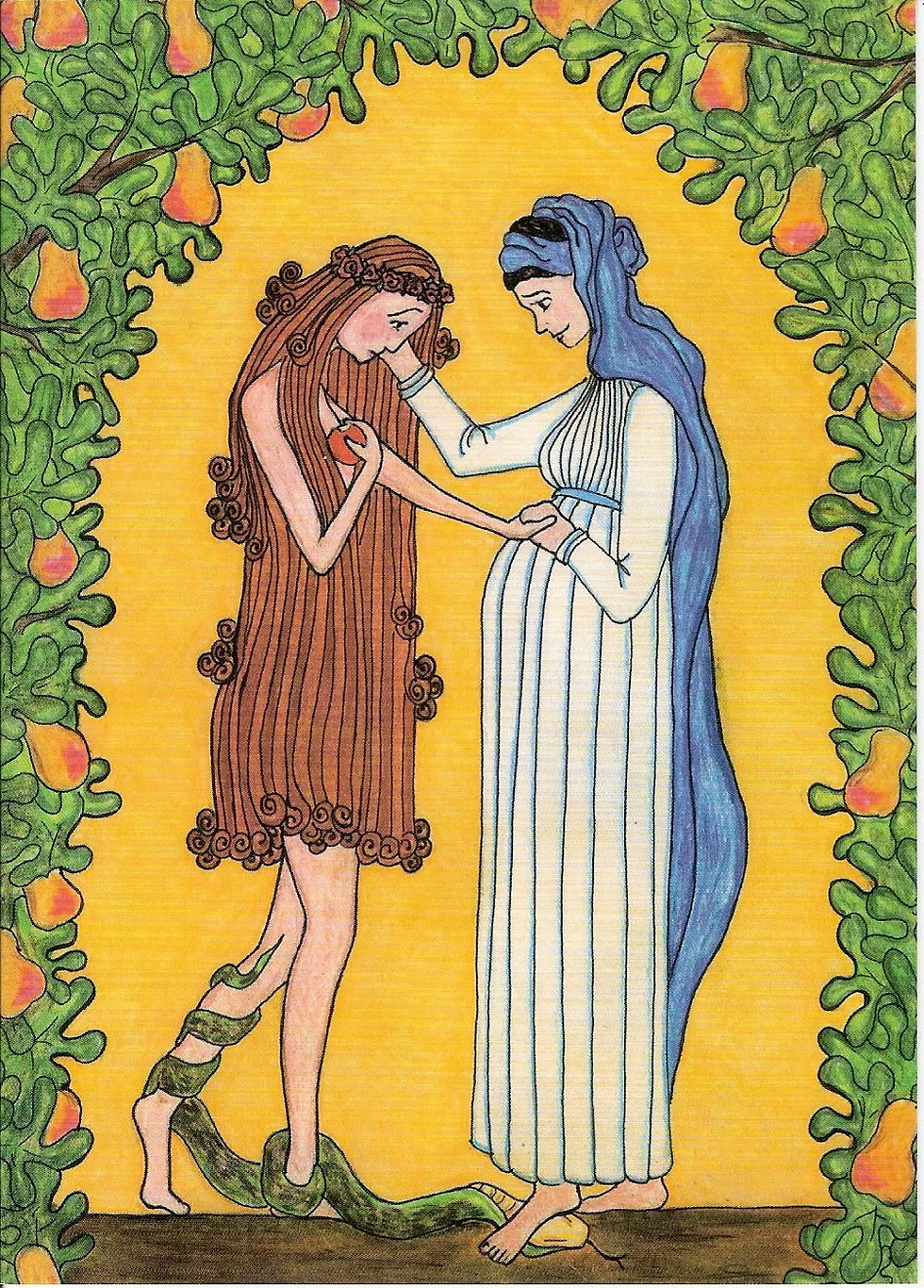
The document points to the inherent richness of what it means to be a woman and to take joy in these characteristics that define us and set us apart from our brothers. The issue of "woman's rights" is highlighted and this made me pause for a minute. A lot of the debate we have about "woman's rights" involves a certain degree of "masculinisation" and I am not against women making progress in various spheres of society or taking charge, but I think we can strike a healthy balance between retaining our feminine qualities and the lure of "liberal" thinking.
If we were to think that Jesus had no concern for women and their dignity, then we must look to Scripture for examples. Jesus heals Simon's mother in law, raises the daughter of Jarius from the dead, encounters the Samaritan woman at the well and protects the woman caught in adultery from her would be executioners. Perhaps the most moving account that touched me particularly is the woman who is found at the mercy of the Pharisees. He understands full well the weight of her sin, but the person He sees that day, is His own daughter, a woman made in His image and likeness and He sees her inner humanity. He sees her fallen human nature, how she has been shamed for her transgression. He sees the judgement of the men around her and understands full well the impact of this discrimination. He treats her with kindness and tenderness and this reminds me of the care with which He also handles my delicate heart.
Women are not the "supporting cast" in the story it seems - they are front and centre, speaking directly to Christ. They are the first to learn of Christ' resurrection. Women were not left out and are still not left out of the story and we as daughters need to reclaim that God given gift!
2. Church as bride
This image of spousal love, together with the figure of the divine Bridegroom - a very clear image in the texts of the Prophets - finds crowning confirmation in the Letter to the Ephesians (5:23-32). Christ is greeted as the bridegroom by John the Baptist (cf. Jn 3:27-29). Indeed Christ applies to himself this comparison drawn from the Prophets (cf. Mk 2:19-20). The Apostle Paul, who is a bearer of the Old Testament heritage, writes to the Corinthians: "I feel a divine jealousy for you, for I betrothed you to Christ to present you as a pure bride to her one husband" (2 Cor 11:2).
The spousal character of the union of the Church and Christ highlights the sacramentality of the spousal love some of us women are called to. Where in marriage, we are considered wives - specific individuals, in the union of Church and Christ, "she" is a collective subject and not an individual person. Christ the Bridegroom gives of Himself, in the way a husband makes a sincere gift of himself to his wife in the sacrament of marriage.
In the Church every human being - male and female - is the "Bride", in that he or she accepts the gift of the love of Christ the Redeemer, and seeks to respond to it with the gift of his or her own person.
Precisely because Christ's divine love is the love of a Bridegroom, it is the model and pattern of all human love, men's love in particular.
3. The greatest of these is love
When we say that the woman is the one who receives love in order to love in return, this refers not only or above all to the specific spousal relationship of marriage. It means something more universal, based on the very fact of her being a woman within all the interpersonal relationships which, in the most varied ways, shape society and structure the interaction between all persons - men and women. In this broad and diversified context, a woman represents a particular value by the fact that she is a human person, and, at the same time, this particular person, by the fact of her femininity.
As women, it has been said that we "multiply" the love that is given to us and we give it in turn to others. I love this image, as it involves the openness to receive love from others and the ability to transform this love into a gift to others. There is a dual nature of a woman. Motherhood exemplifies this as women literally create new life within their wombs. For women who are not called to motherhood, it can take the form of nurturing the youths or mothering the people placed in our lives - giving of our love to them and watching as they mature and develop, like seedlings. This reminded me of my own vocation as an educator and how I have become a "mother" in the less conventional sense. It reminds me that the greatest strength lies in our greatest weakness. We may think that caring too much is a weakness, but in fact it requires unimaginable strength. I glimpse this generosity in many women I have been privileged to know and journey with - they approach the world with a sense of gentleness and generosity even when faced with challenges. I see their inner strength in their daily decision to keep loving, even when it hurts.
The document concludes by thanking woman of all vocations for their immense contributions to society and it reminded me of the complex patchwork of women who keep our world running, albeit with a little more kindness and tenderness.
Therefore the Church gives thanks for each and every woman: for mothers, for sisters, for wives; for women consecrated to God in virginity; for women dedicated to the many human beings who await the gratuitous love of another person; for women who watch over the human persons in the family, which is the fundamental sign of the human community; for women who work professionally, and who at times are burdened by a great social responsibility; for "perfect" women and for "weak" women - for all women as they have come forth from the heart of God in all the beauty and richness of their femininity; as they have been embraced by his eternal love; as, together with men, they are pilgrims on this earth, which is the temporal "homeland" of all people and is transformed sometimes into a "valley of tears"; as they assume, together with men, a common responsibility for the destiny of humanity according to daily necessities and according to that definitive destiny which the human family has in God himself, in the bosom of the ineffable Trinity.
There is much wisdom to be gleaned from the document and I have only just scratched the surface. I attach a simple Infographic I created that summarises some key points that you might find useful too as you read the document in greater detail, and with prayerfulness.
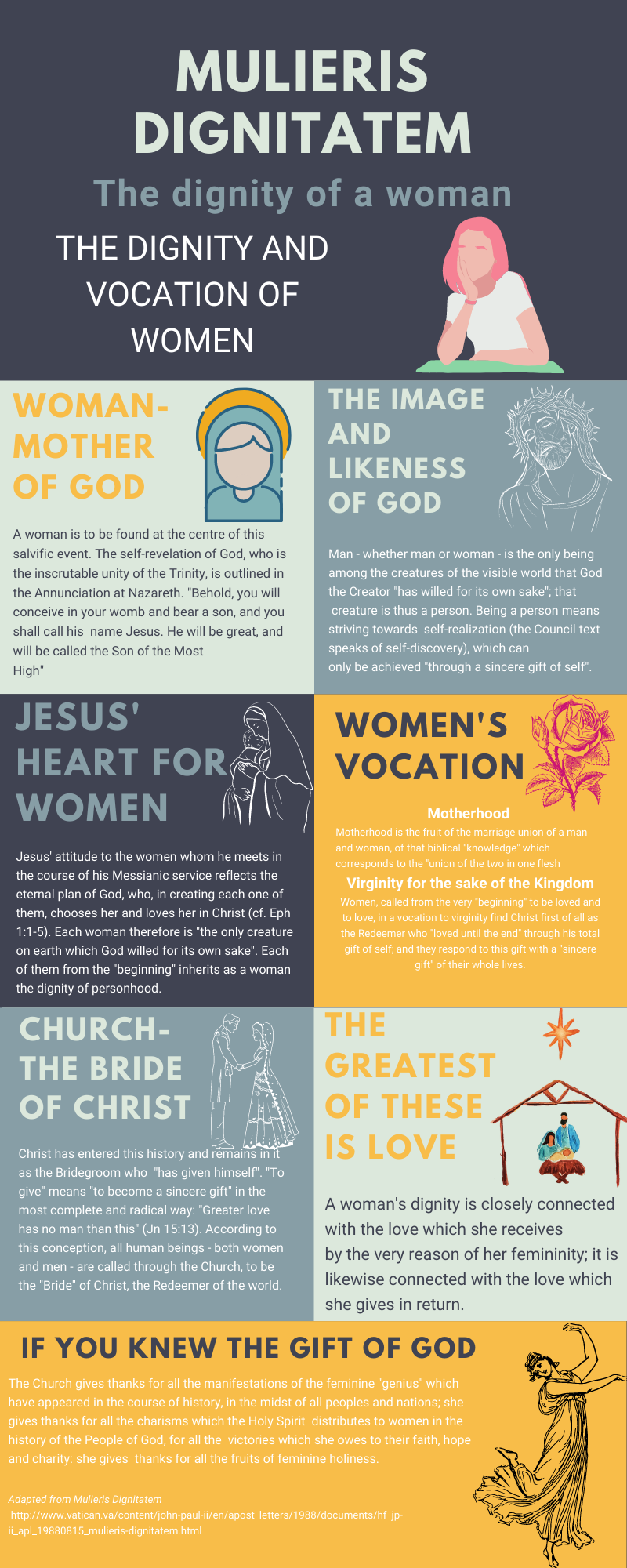
Here is a link to the document in full: http://www.vatican.va/content/john-paul-ii/en/apost_letters/1988/documents/hf_jp-ii_apl_19880815_mulieris-dignitatem.html
Thank you for coming on this journey with me as we delve deeper into the wisdom of these documents as we start to learn how truly it is #relatable!




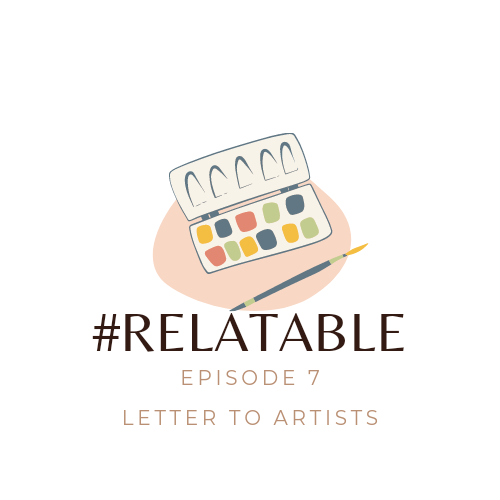

Comments